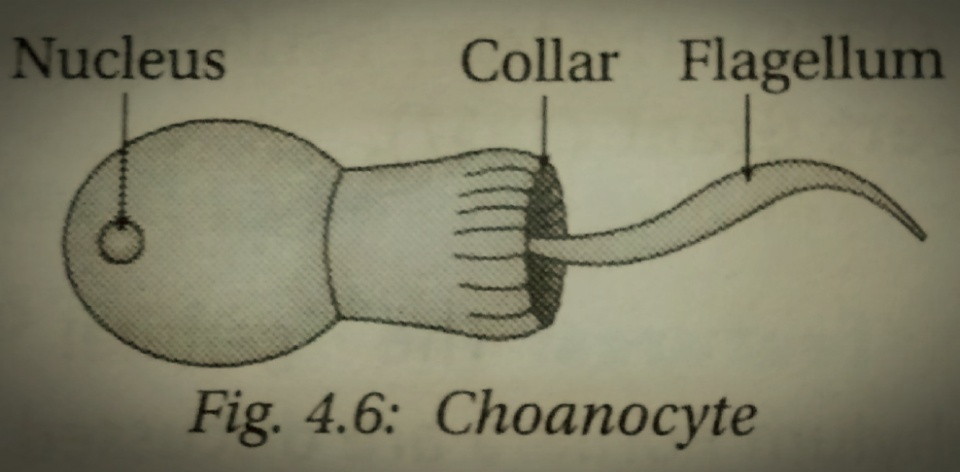|
Choanosomal
A choanosome is an inner region of a sponge, supported on the choanoskeleton, the stucture that contains the choanocyte Choanocytes (also known as "collar cells") are cells that line the interior of asconoid, syconoid and leuconoid body types of sponges that contain a central flagellum, or ''cilium,'' surrounded by a collar of microvilli which are connected by a th ...s. See also * Choanoderm Sponge anatomy References {{biology-stub ... [...More Info...] [...Related Items...] OR: [Wikipedia] [Google] [Baidu] |
Sponge
Sponges, the members of the phylum Porifera (; meaning 'pore bearer'), are a basal animal clade as a sister of the diploblasts. They are multicellular organisms that have bodies full of pores and channels allowing water to circulate through them, consisting of jelly-like mesohyl sandwiched between two thin layers of cells. Sponges have unspecialized cells that can transform into other types and that often migrate between the main cell layers and the mesohyl in the process. Sponges do not have nervous, digestive or circulatory systems. Instead, most rely on maintaining a constant water flow through their bodies to obtain food and oxygen and to remove wastes. Sponges were first to branch off the evolutionary tree from the last common ancestor of all animals, making them the sister group of all other animals. Etymology The term ''sponge'' derives from the Ancient Greek word ( 'sponge'). Overview Sponges are similar to other animals in that they are multicellular, he ... [...More Info...] [...Related Items...] OR: [Wikipedia] [Google] [Baidu] |
Choanocyte
Choanocytes (also known as "collar cells") are cells that line the interior of asconoid, syconoid and leuconoid body types of sponges that contain a central flagellum, or ''cilium,'' surrounded by a collar of microvilli which are connected by a thin membrane. They make up the choanoderm, a type of cell layer found in sponges. The cell has the closest resemblance to the choanoflagellates which are the closest related single celled protists to the animal kingdom (metazoans). The flagellae beat regularly, creating a water flow across the microvilli which can then filter nutrients from the water taken from the collar of the sponge. Food particles are then phagocytosed by the cell. Anderson, D. (2001) ''Invertebrate Zoology'' Oxford University Press Location Choanocytes are found dotting the surface of the spongocoel in asconoid sponges and the radial canals in syconoid sponges, but they comprise entirely the chambers in leuconoid sponges. Function By cooperatively moving their ... [...More Info...] [...Related Items...] OR: [Wikipedia] [Google] [Baidu] |
Choanoderm
The choanoderm is a type of cell layer composed of flagellated collar cells, or choanocytes, found in sponges. The sponge body is mostly a connective tissue; the mesohyl, over which are applied epithelioid monolayers of cells, the outer pinacoderm and the inner choanoderm. Importance Most aspects of sponge biology, including feeding, reproduction, and gas exchange, depend on a low pressure flow of water generated by the flagella of the choanoderm. Three grades of organization, asconoid, syconoid, and leuconoid, reflect the degree of elaboration of the choanoderm layer and mesohyl. In the asconoid plan the interior water space, or atrium Atrium may refer to: Anatomy * Atrium (heart), an anatomical structure of the heart * Atrium, the genital structure next to the genital aperture in the reproductive system of gastropods * Atrium of the ventricular system of the brain * Pulmona ..., is large and unpartitioned. In the syconoid plan the periphery of the atrium is divided int ... [...More Info...] [...Related Items...] OR: [Wikipedia] [Google] [Baidu] |

